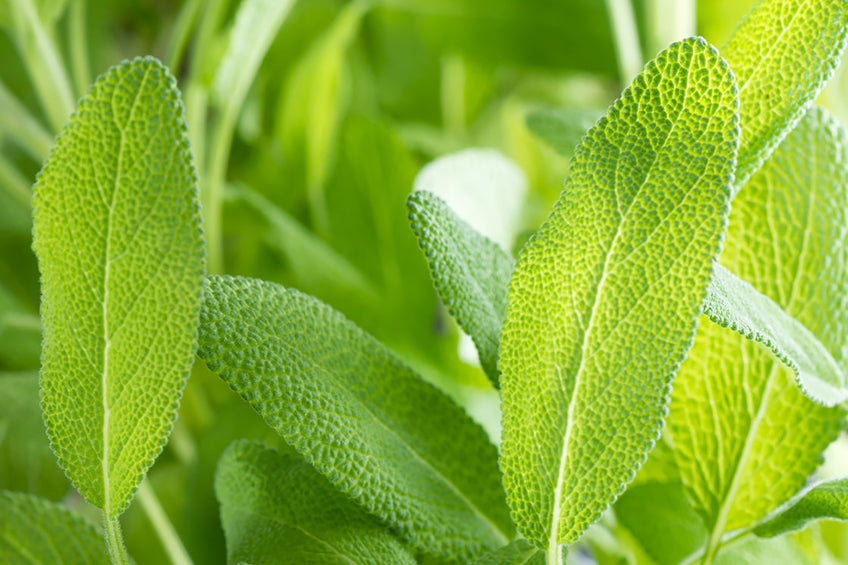
Kitchen Herbalism: Sage
When you think of herbal medicine, do you think of Sage?
Garden Sage (Salvia officinalis), the same Sage that’s on your kitchen spice rack, is antibacterial, anticatarrhal, anti-fungal, anti-inflammatory, antioxidant, and antiviral. It’s thought of as “cleansing” and has been used throughout history to treat illness and wounds, but is also used as a tonic reputed to bring good health and longer life.
It contains minerals and vitamins that are known to have disease preventing and health promoting properties including potassium, zinc, calcium, iron, and vitamin A. Fresh sage leaves are a good source of vitamin C.
Sage stimulates cell renewal and increases blood circulation, which is why you’ll see it as an ingredient in skincare as it can help minimize facial wrinkles.
It’s usually recommended to gather Sage leaves before the plant begins to flower, but some believe Sage’s medicine is at its best when flowering. Personally, I love using herbs in flower in my medicine. If you don’t have garden space, try growing Sage in a sunny spot indoors.
During Winter, you’ll see Sage used in many recipes because it helps the digestion of fatty foods. Sage tea after the meal helps with digestion too, so try a cup if you’ve overindulged and are feeling uncomfortable.
Sage wine is an old remedy used to calm the nervous system that I think deserves a comeback :) Add a fresh leaf to your glass of white wine to enjoy the aroma and flavor.
For a stronger, more medicinal wine, add 4 fresh leaves to a bottle of white wine, let steep for 2 weeks, then strain. If you don’t have fresh, use a tablespoon of dried herb.
Salud! To your health!
